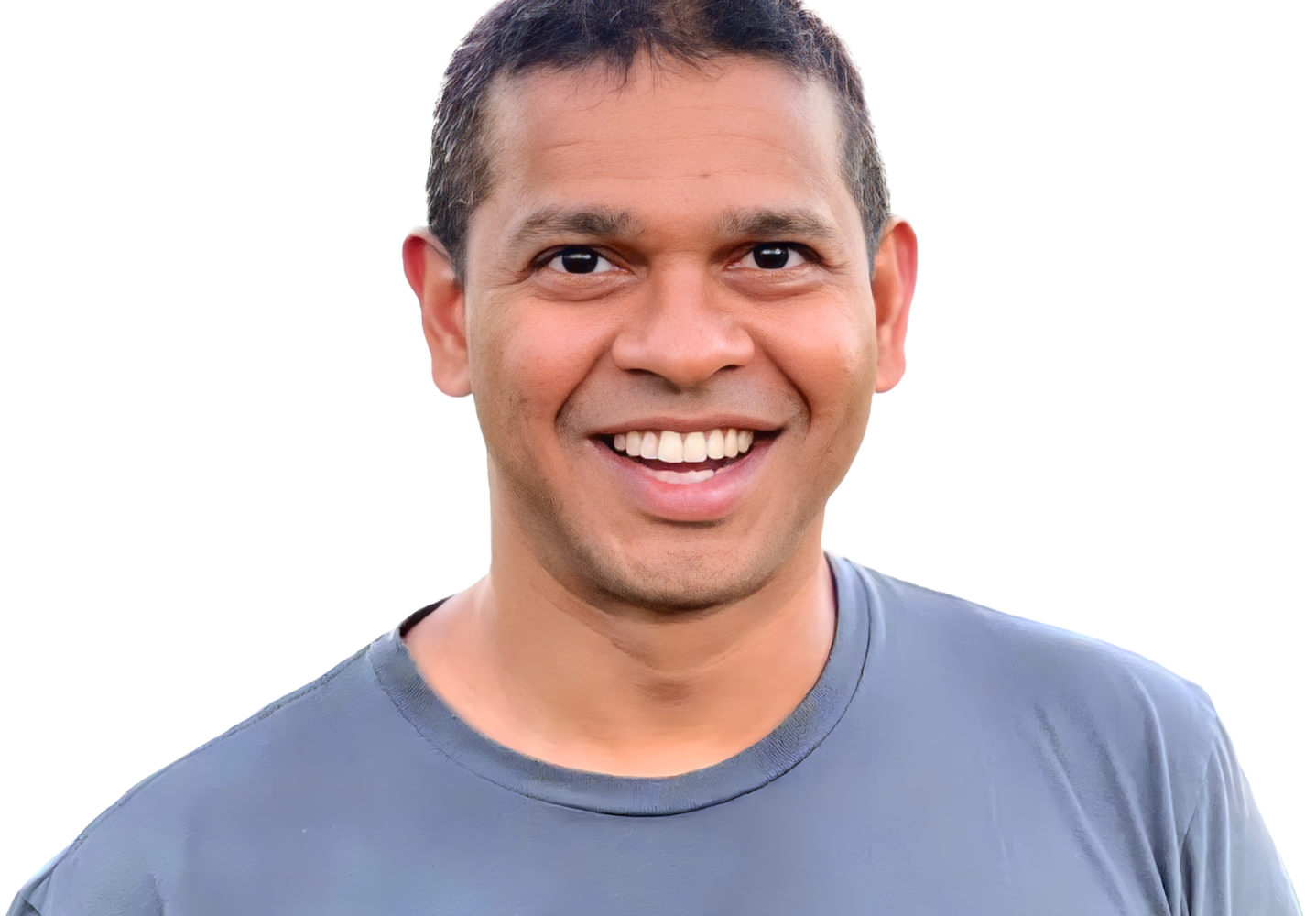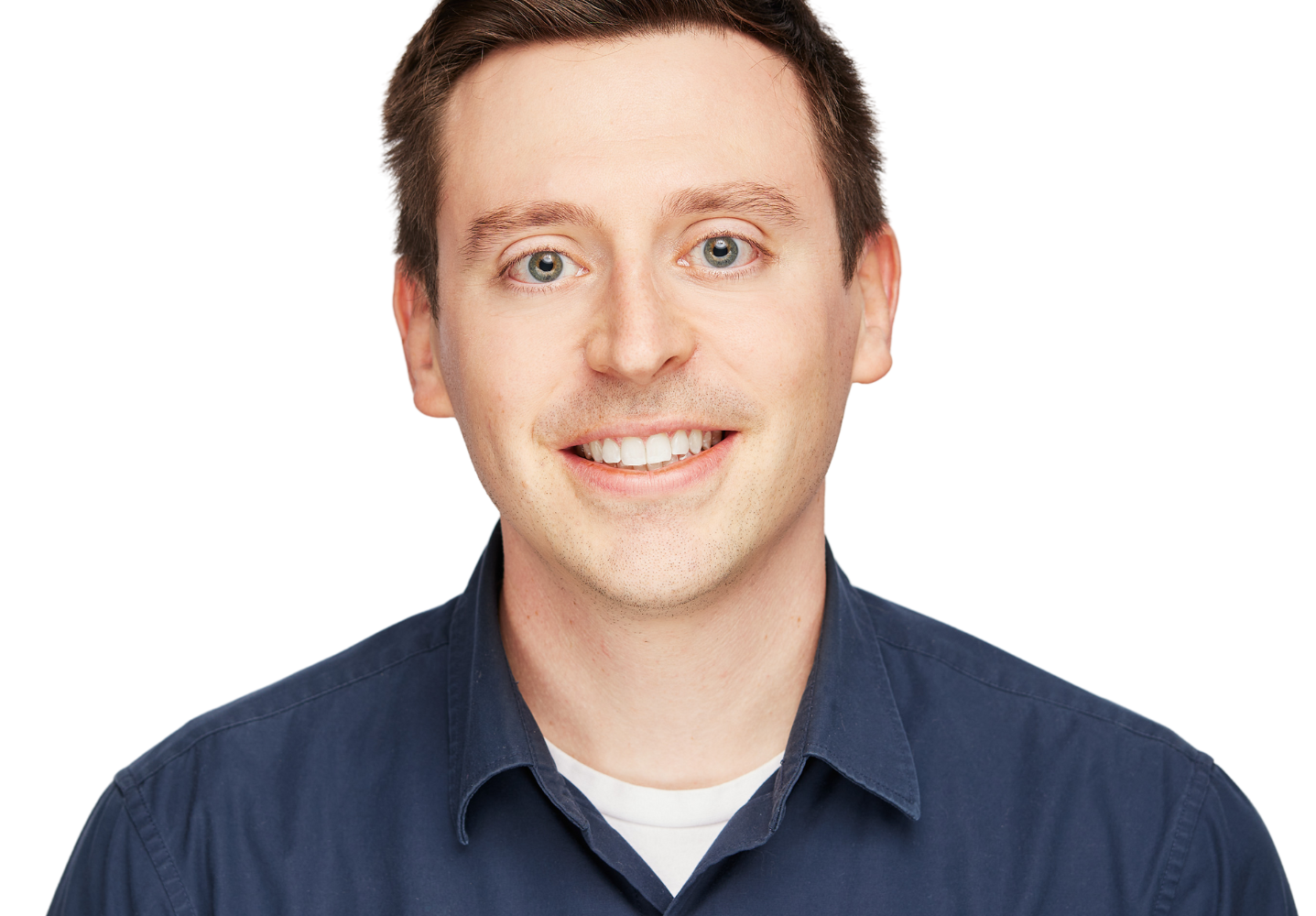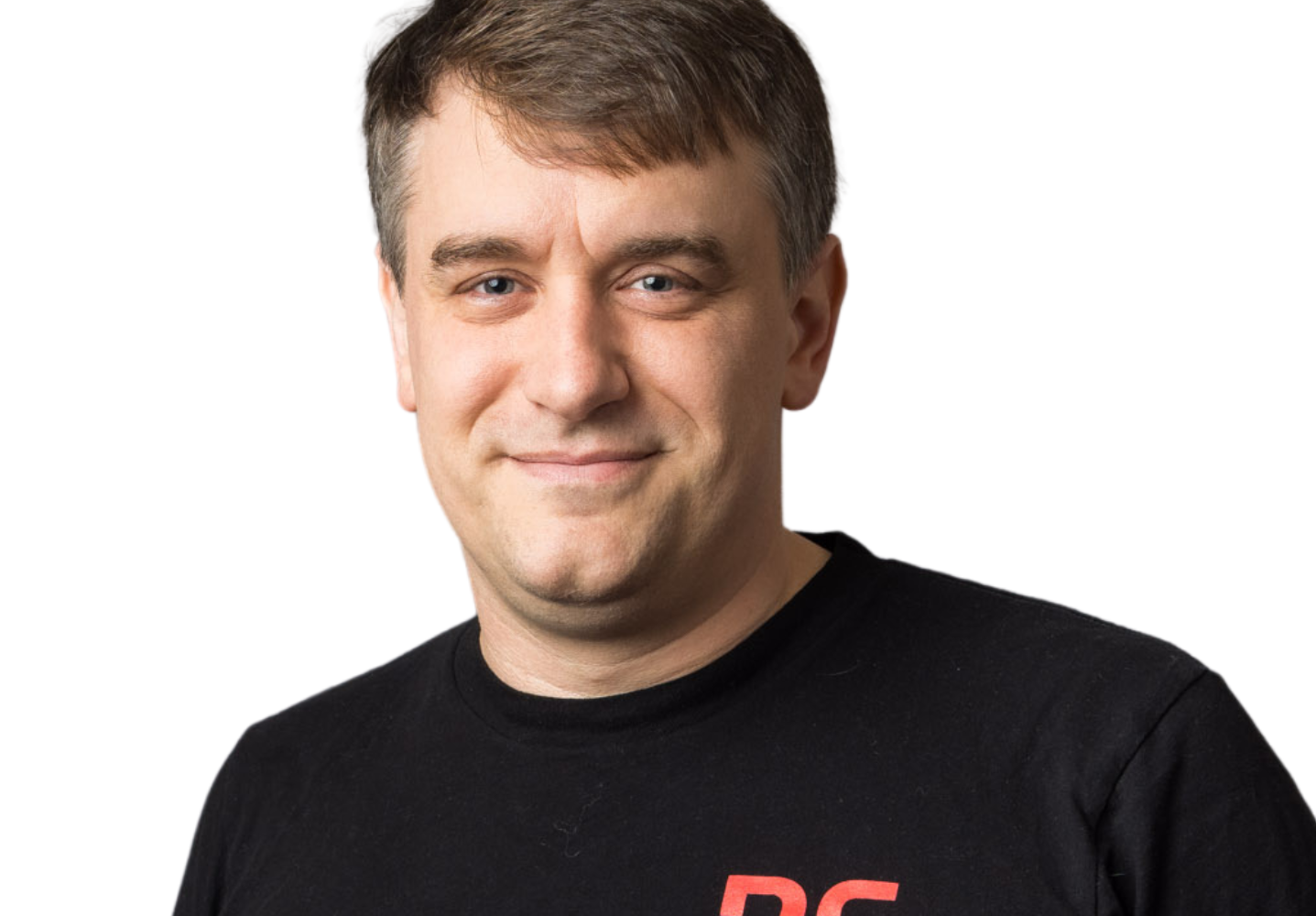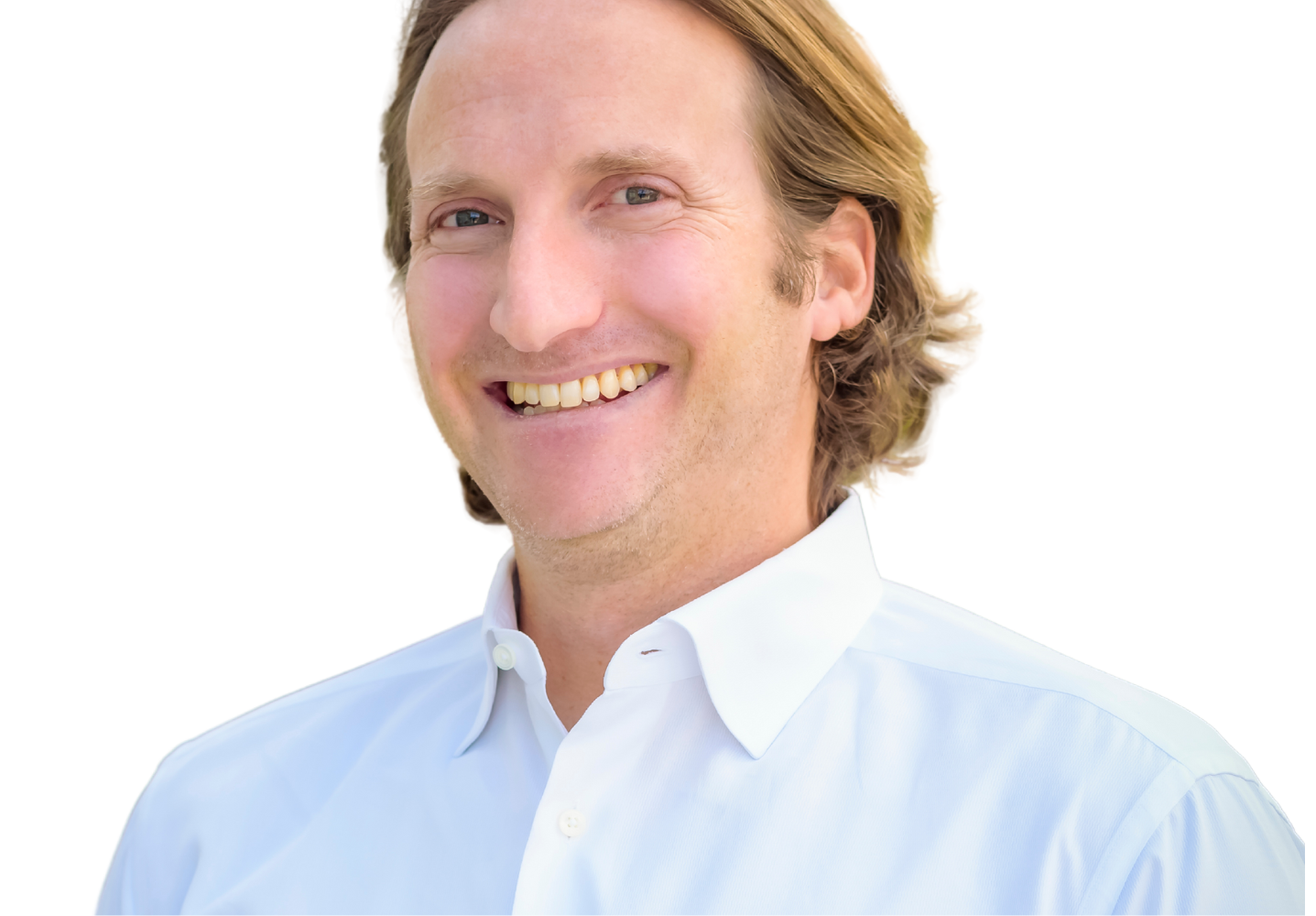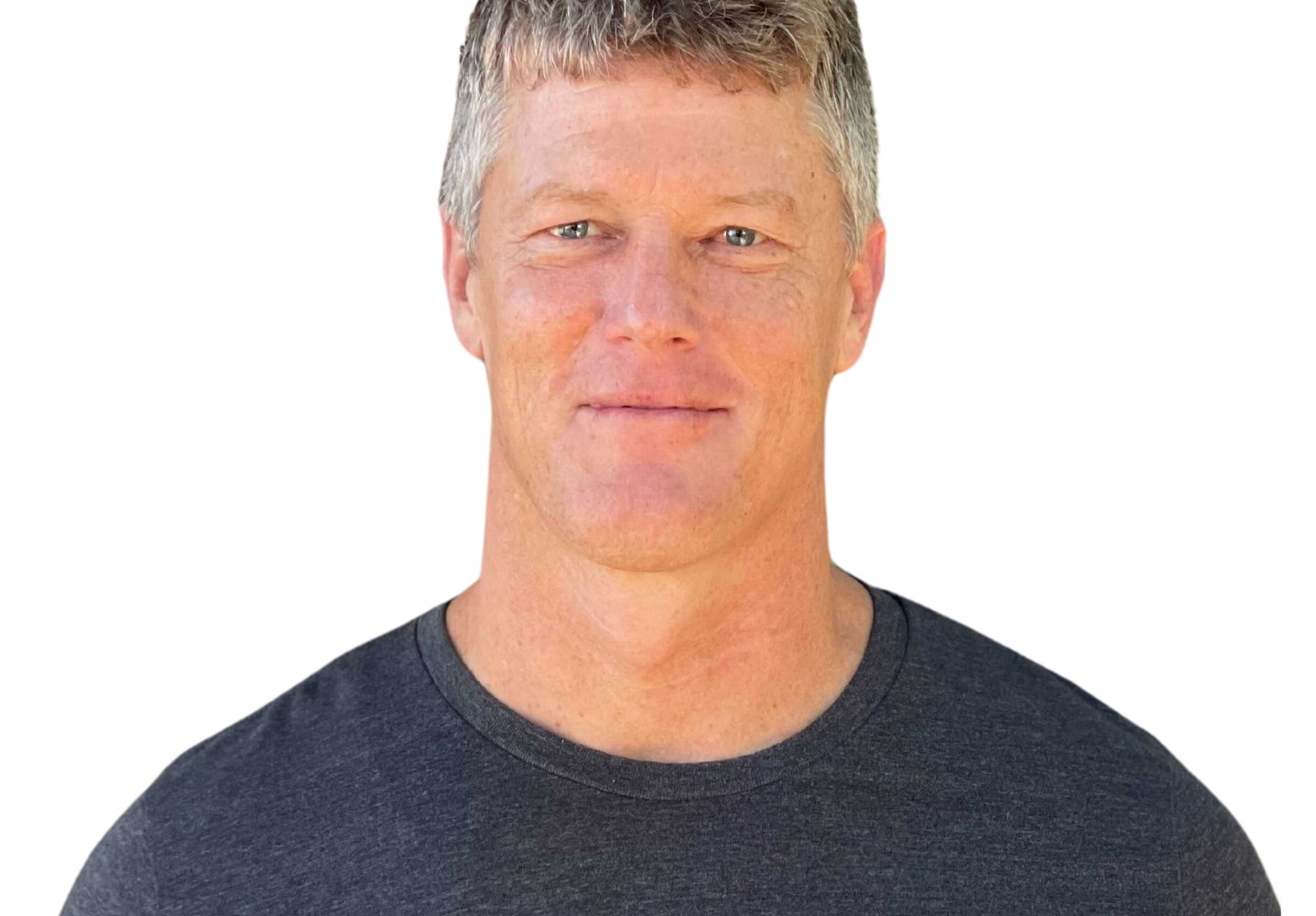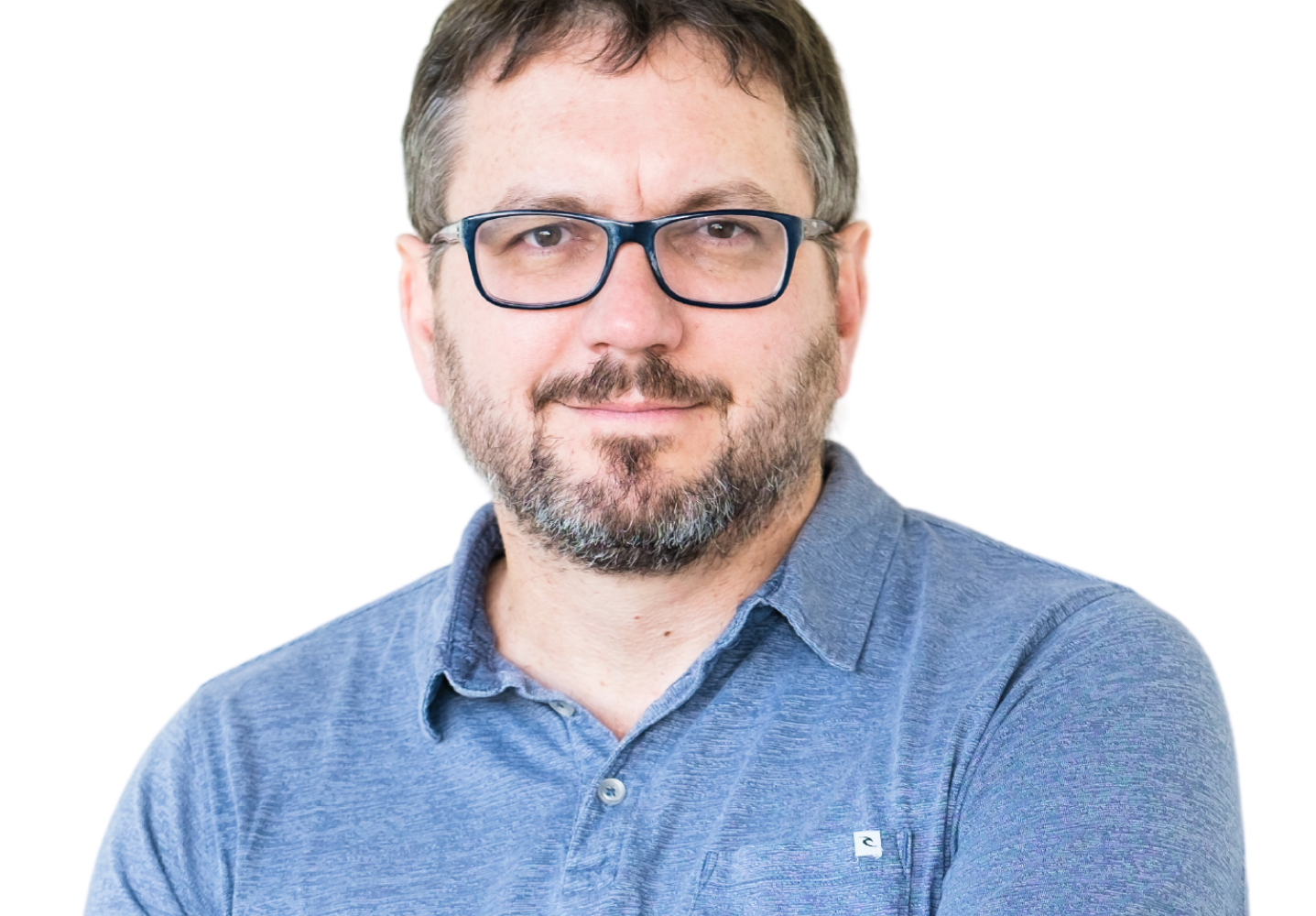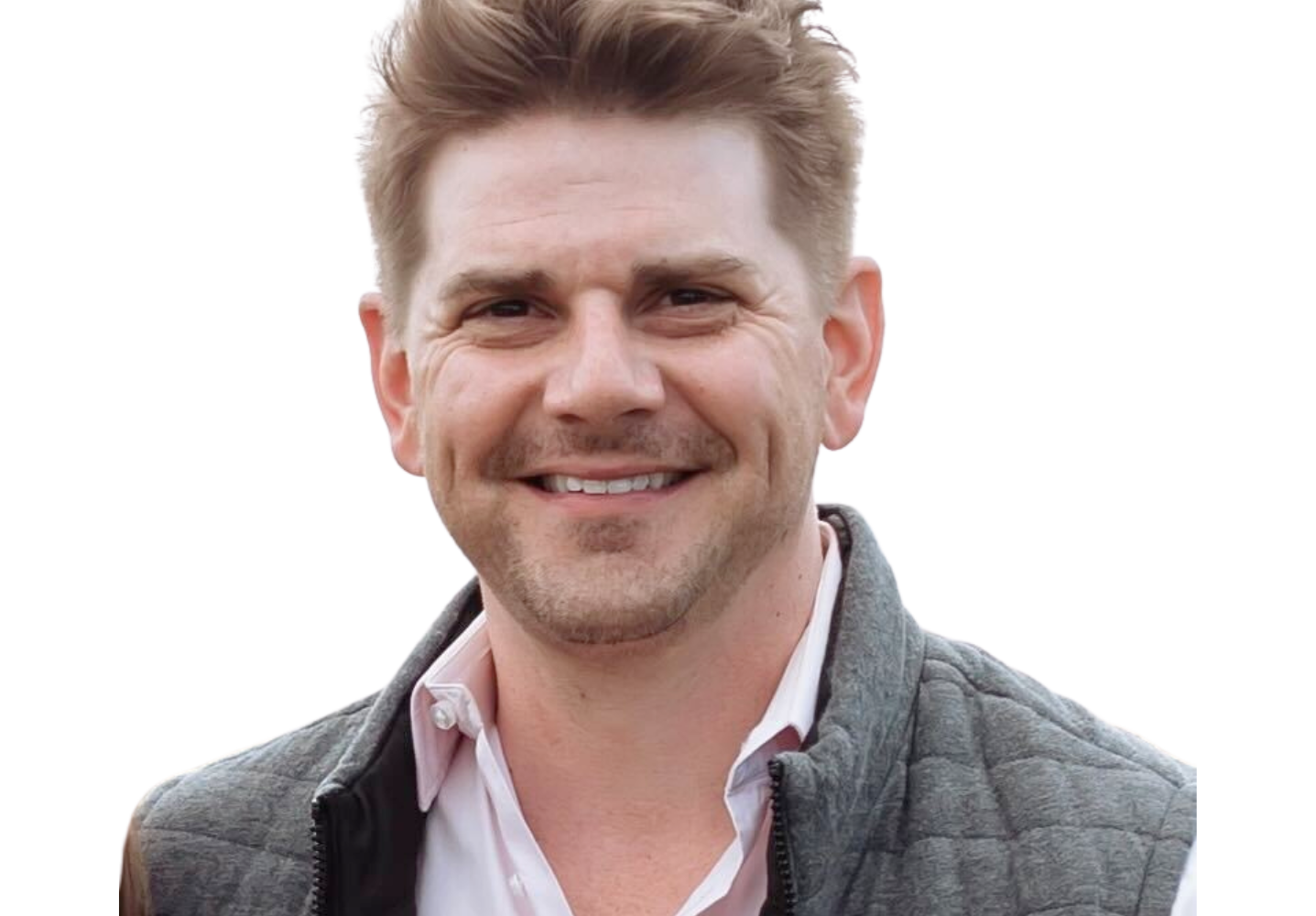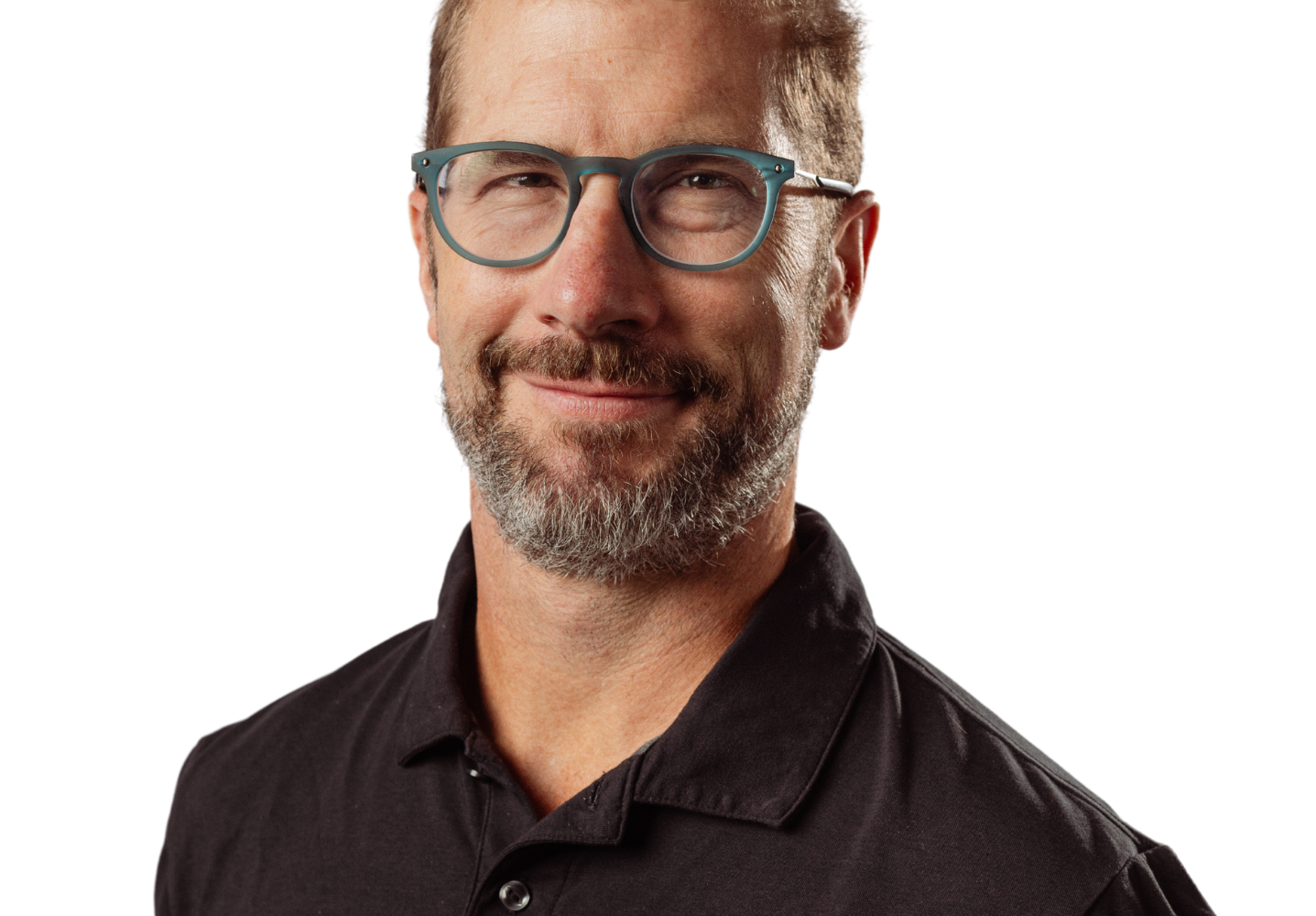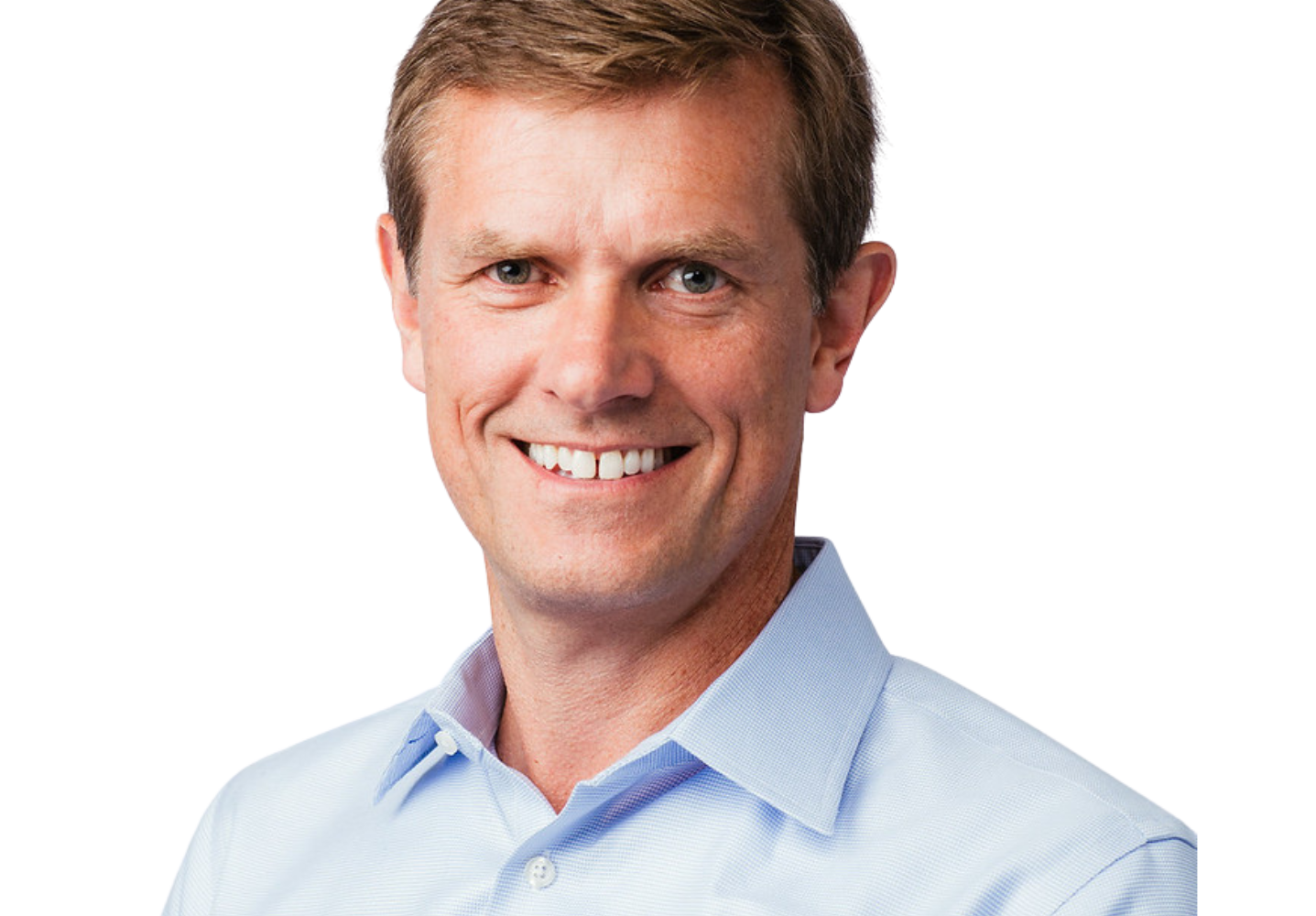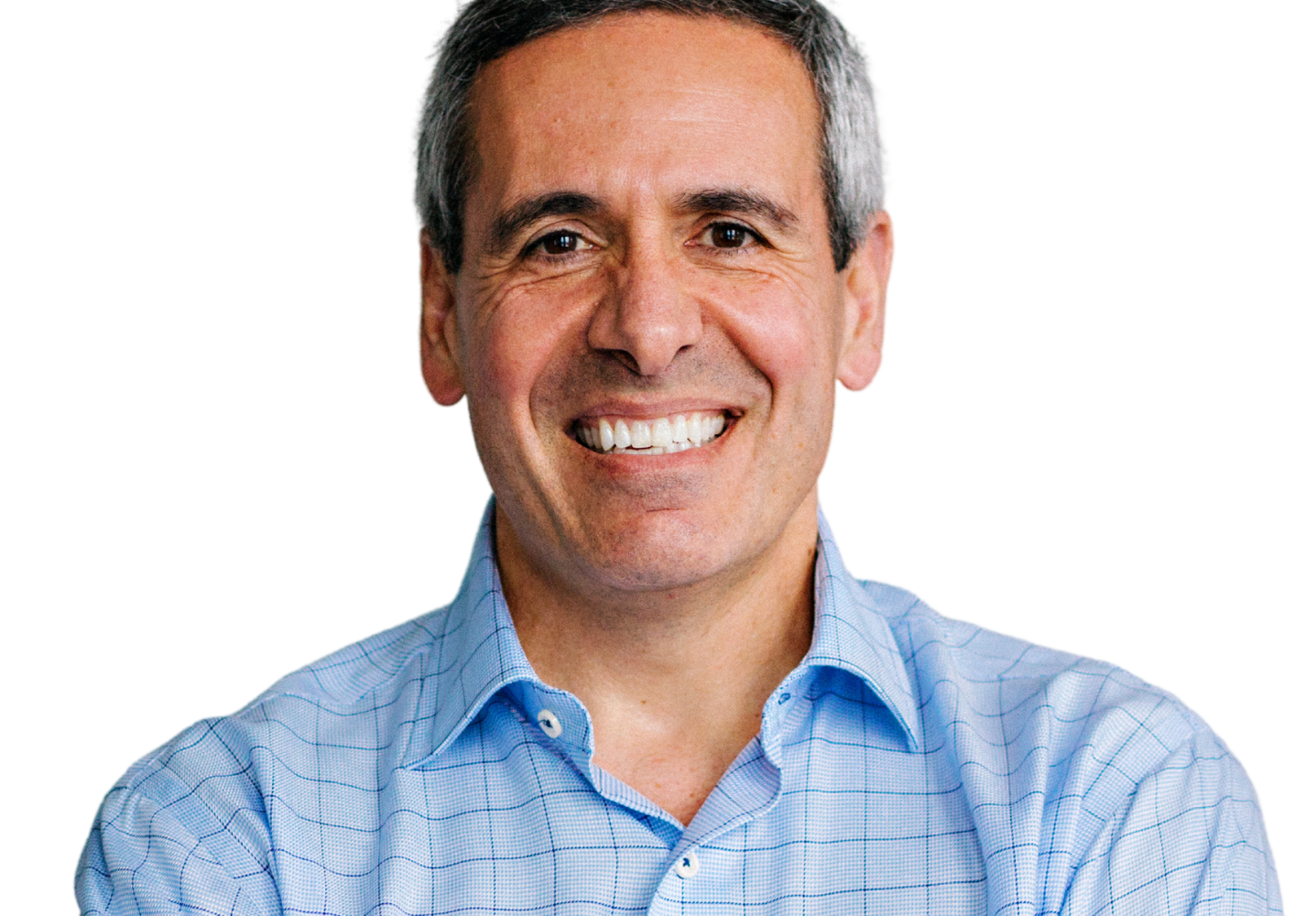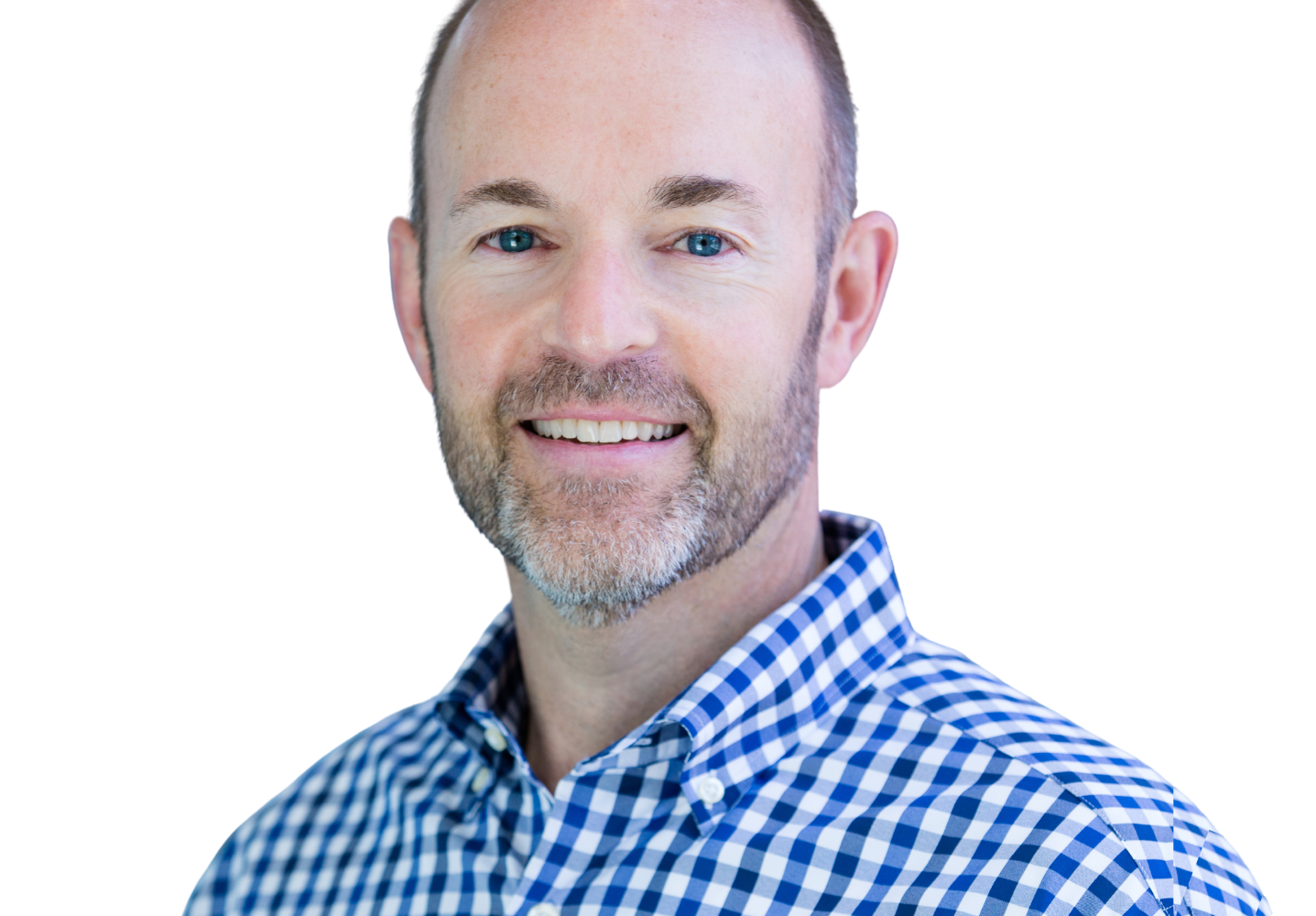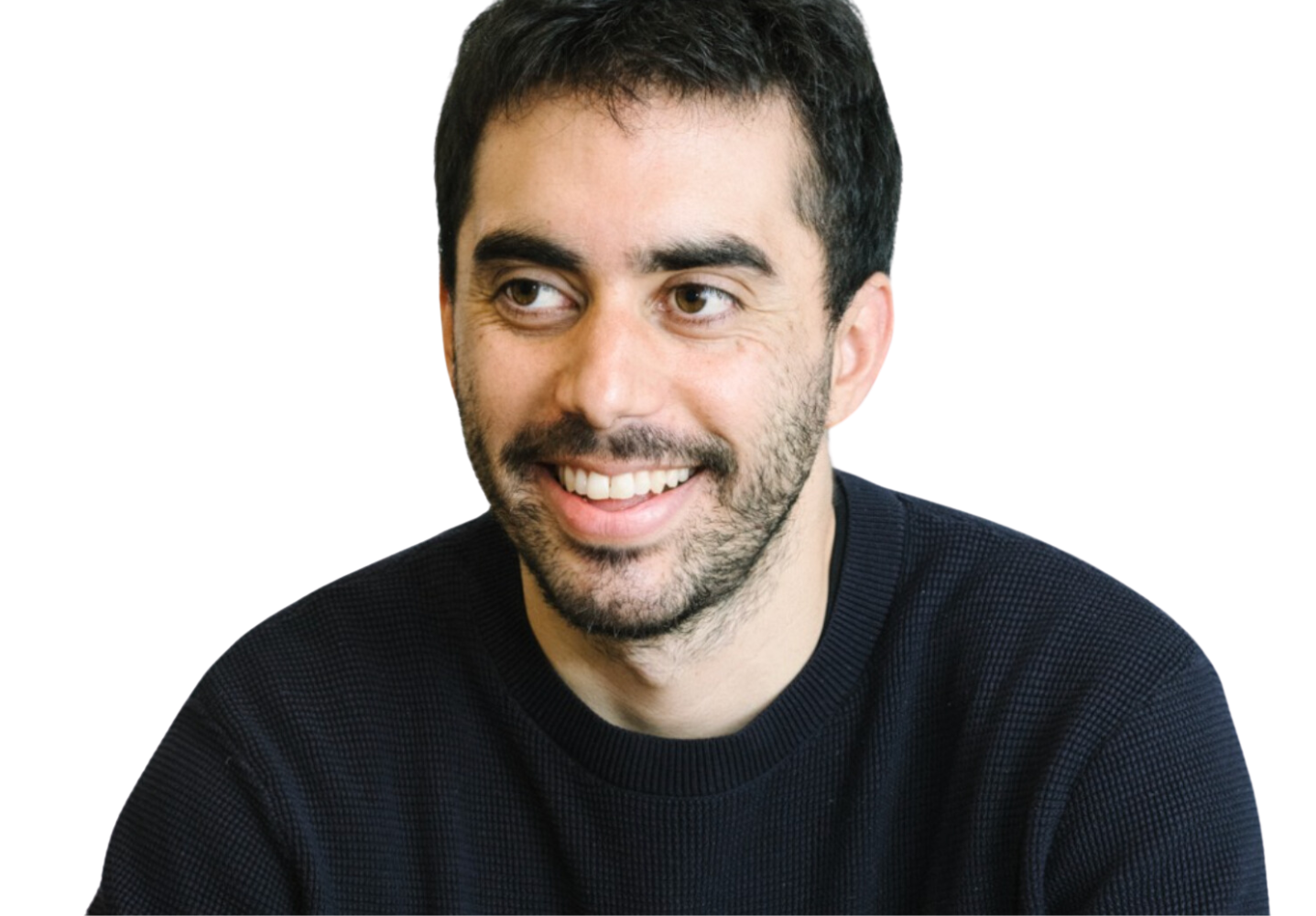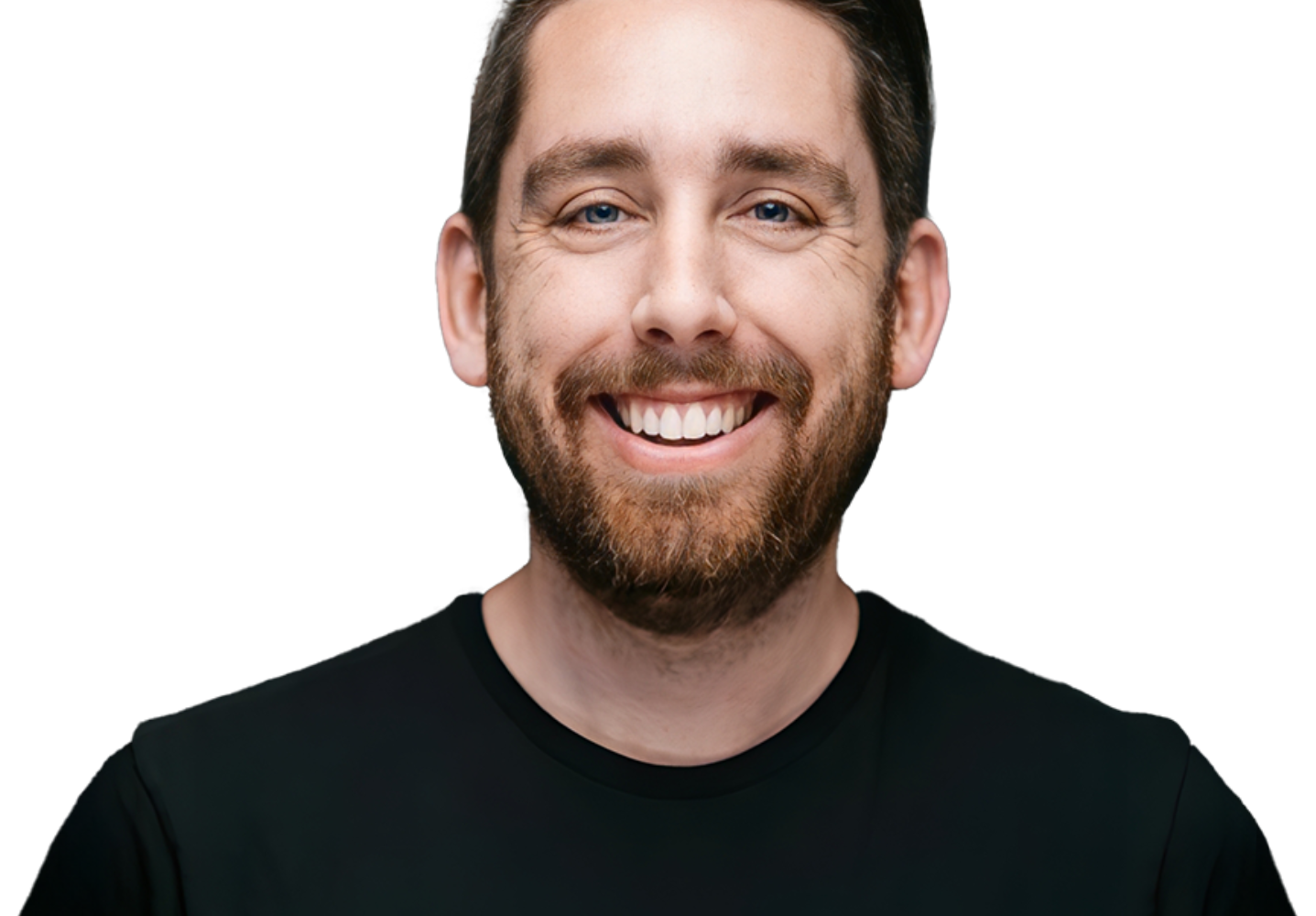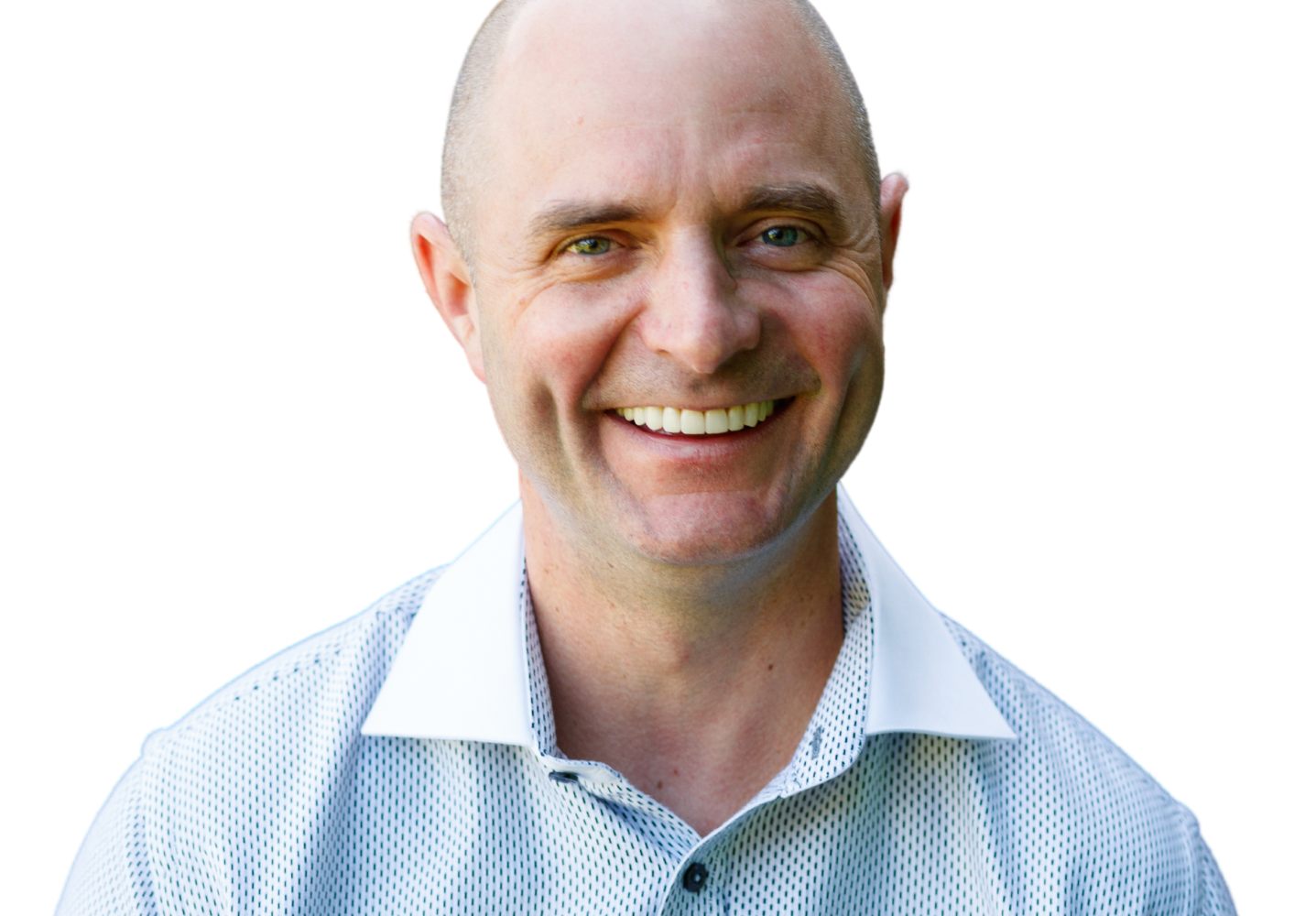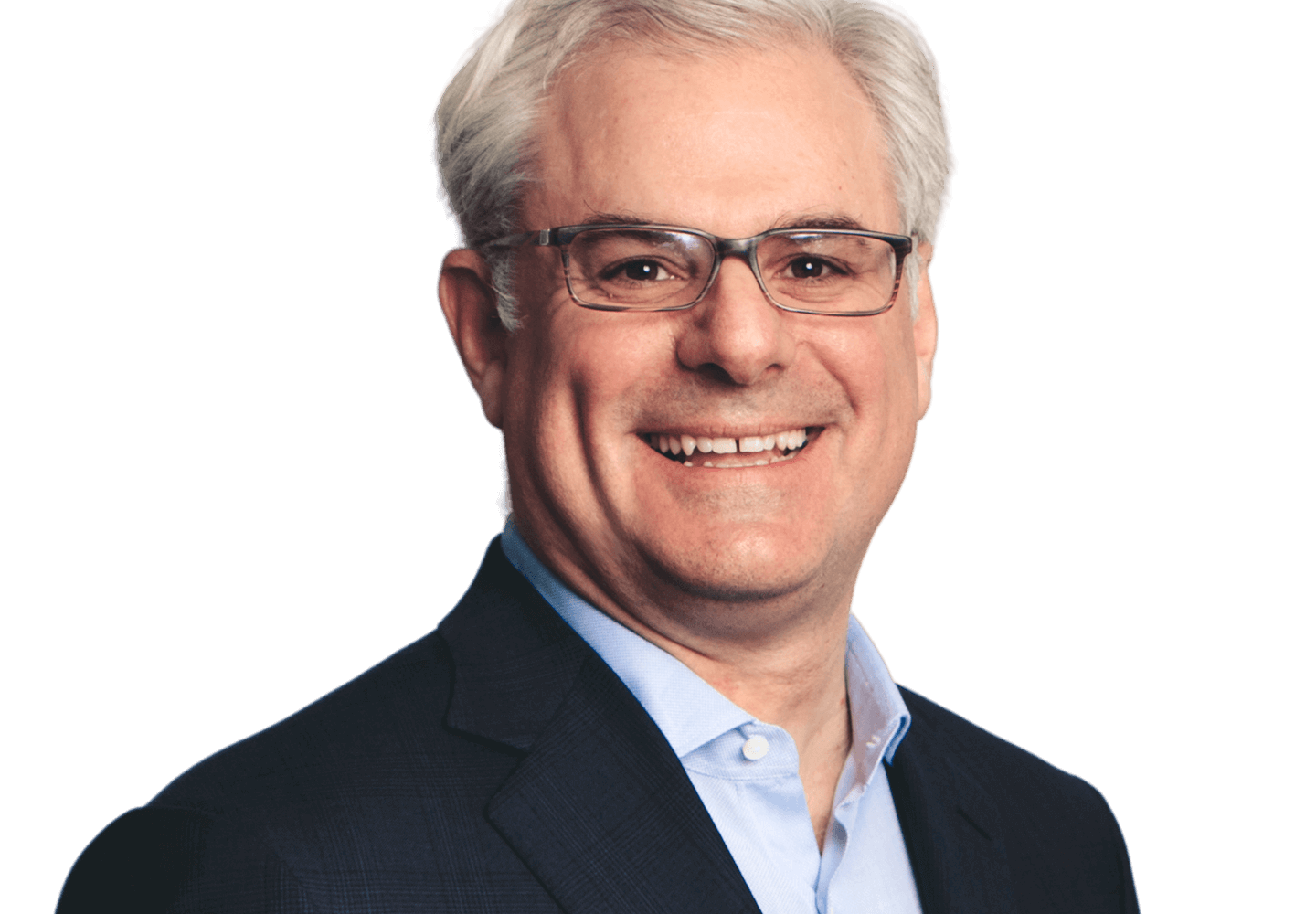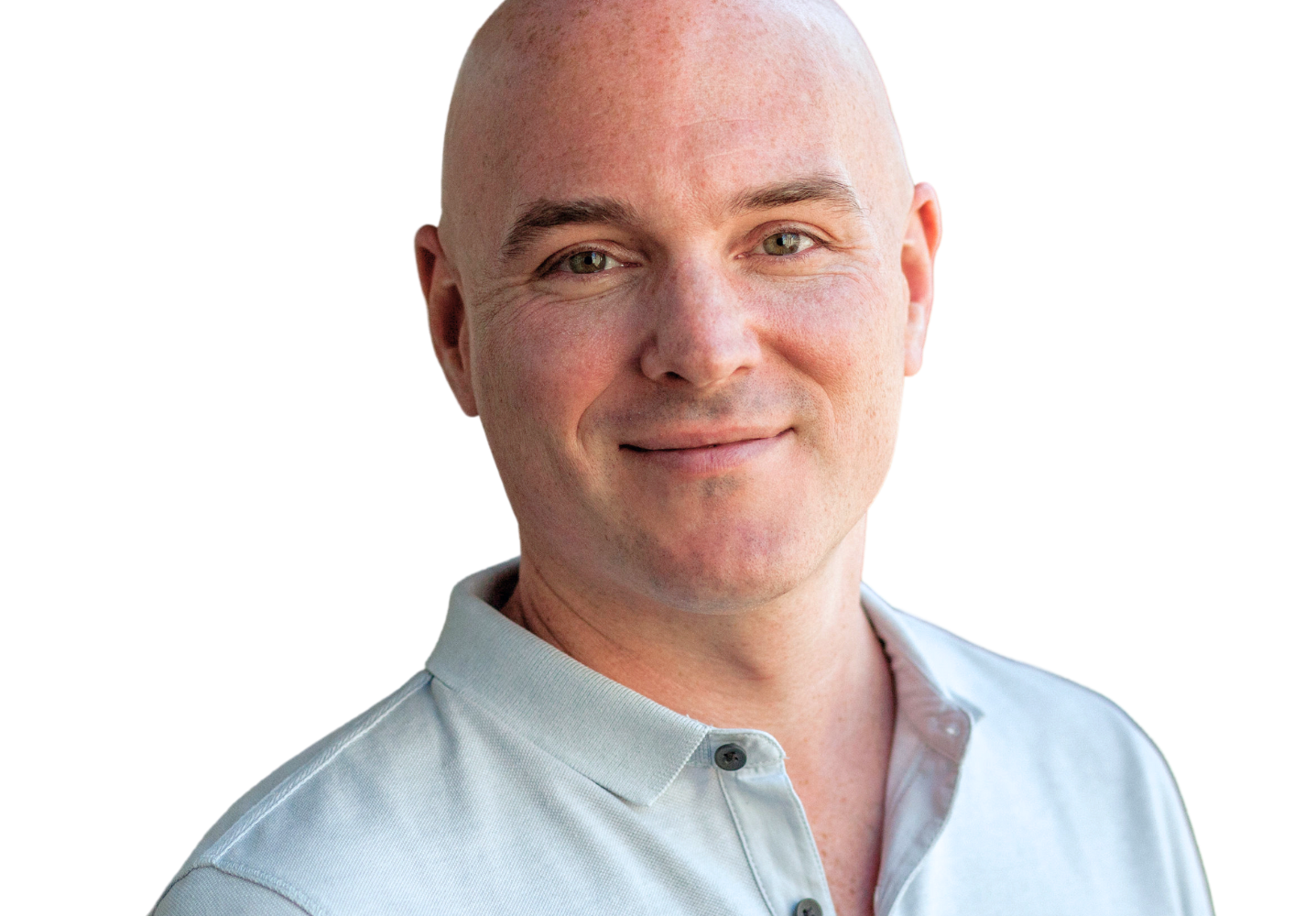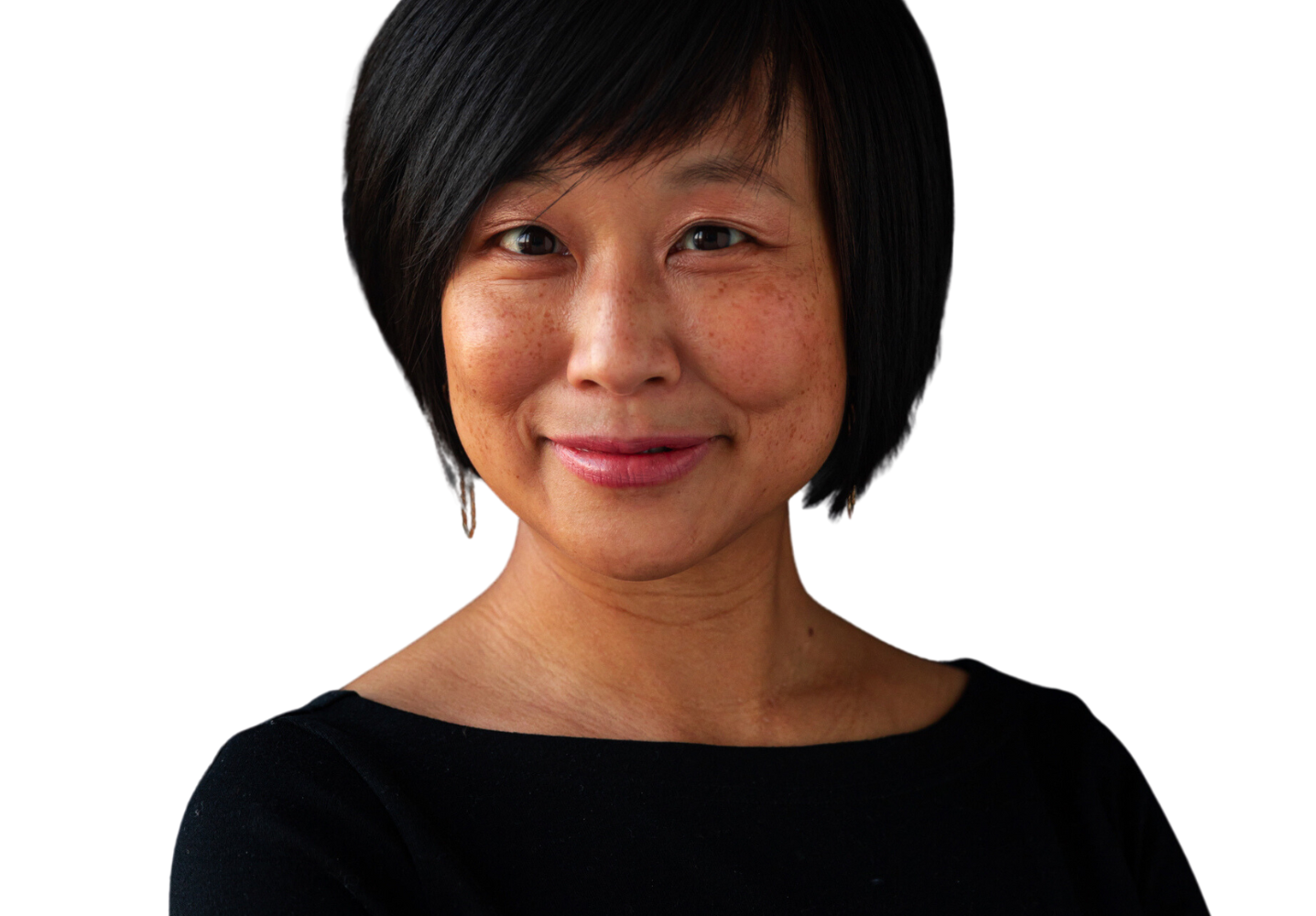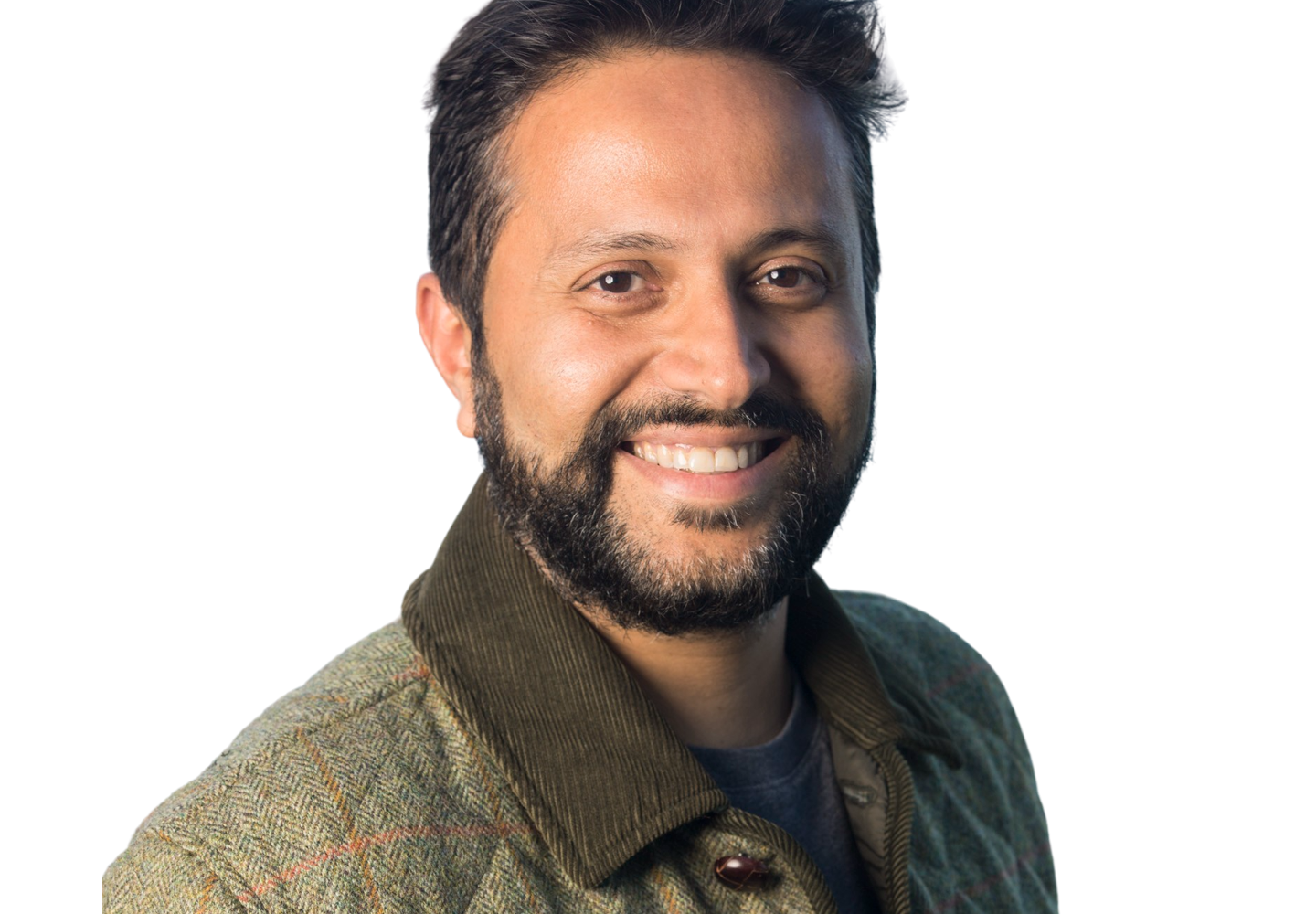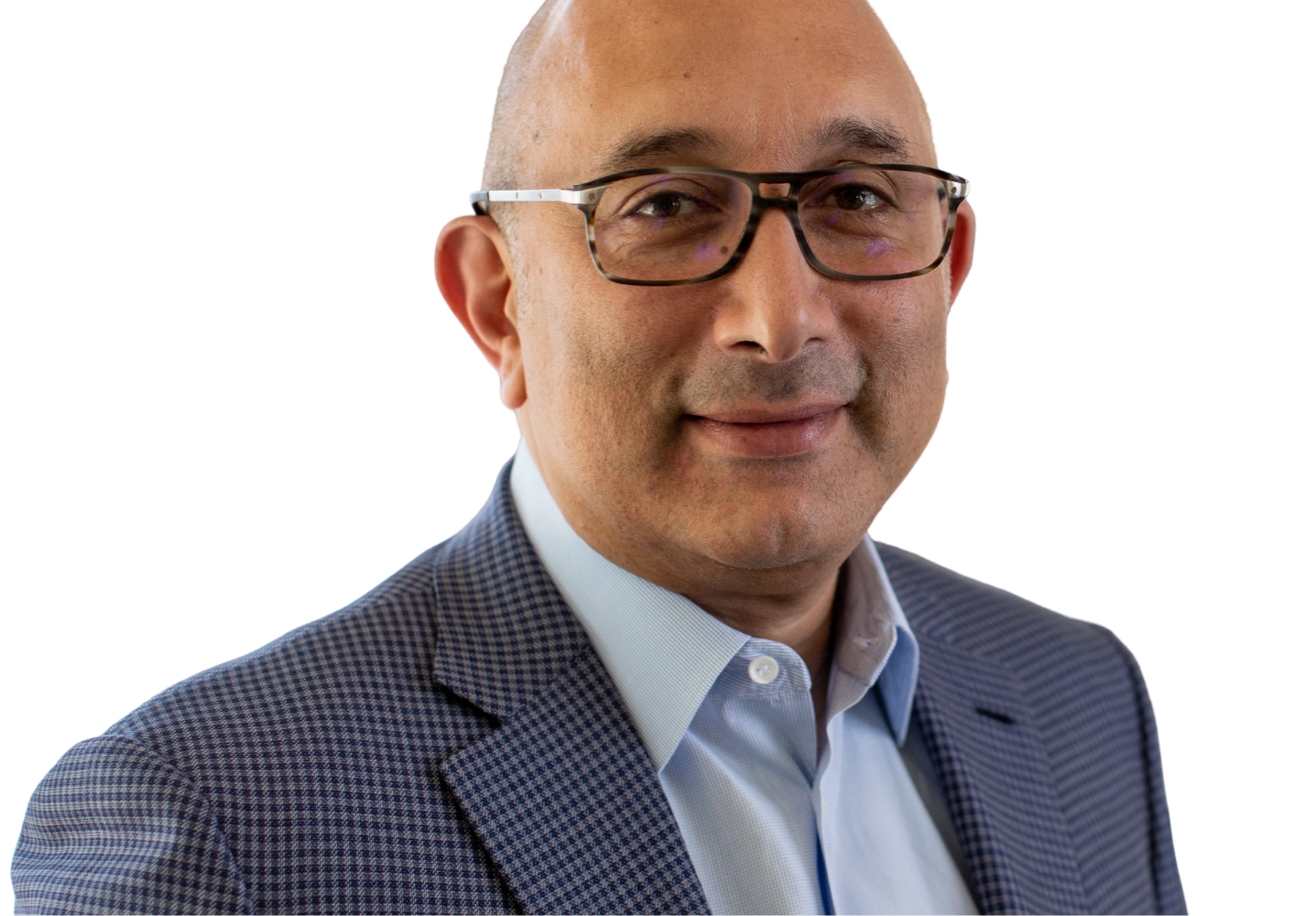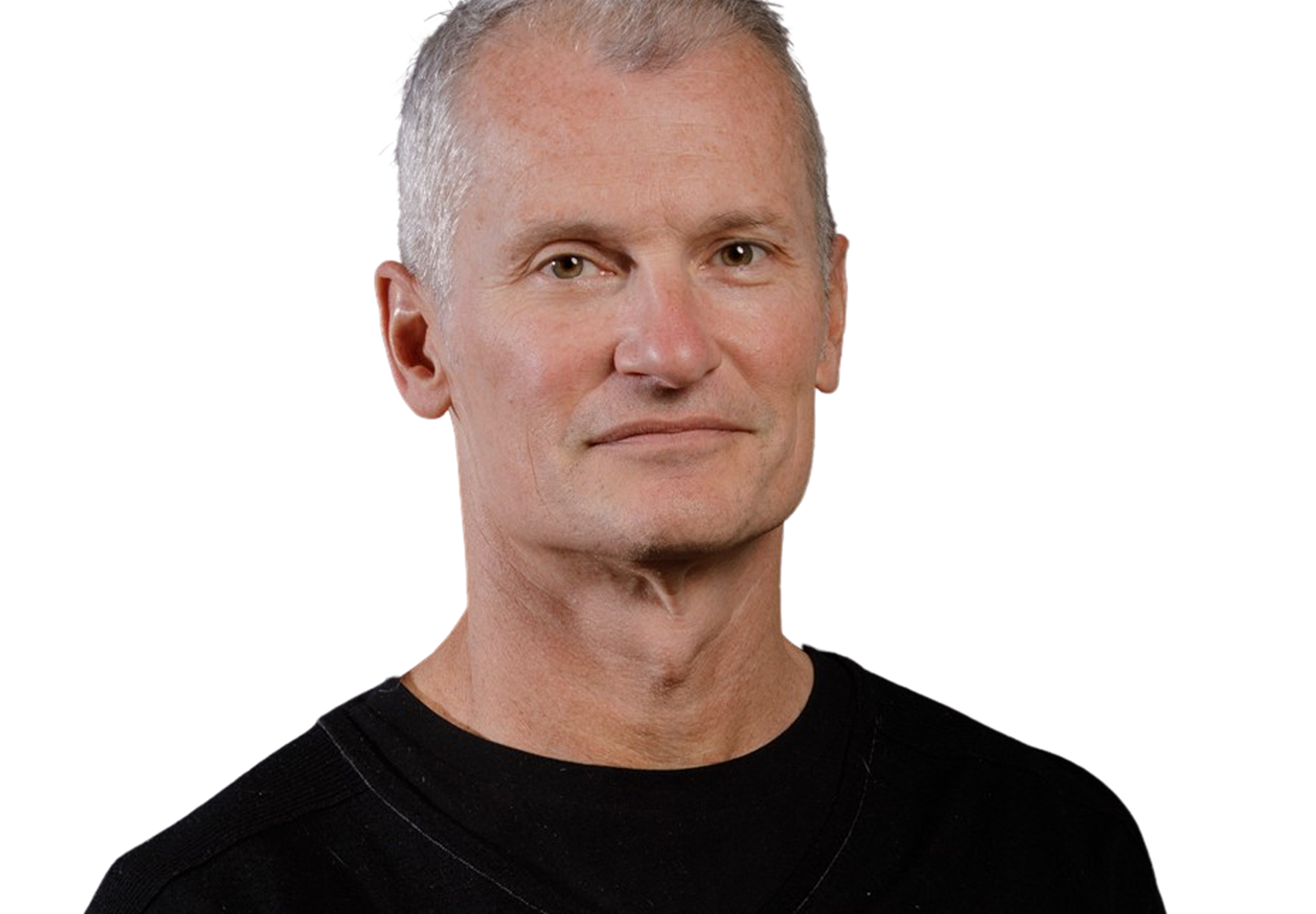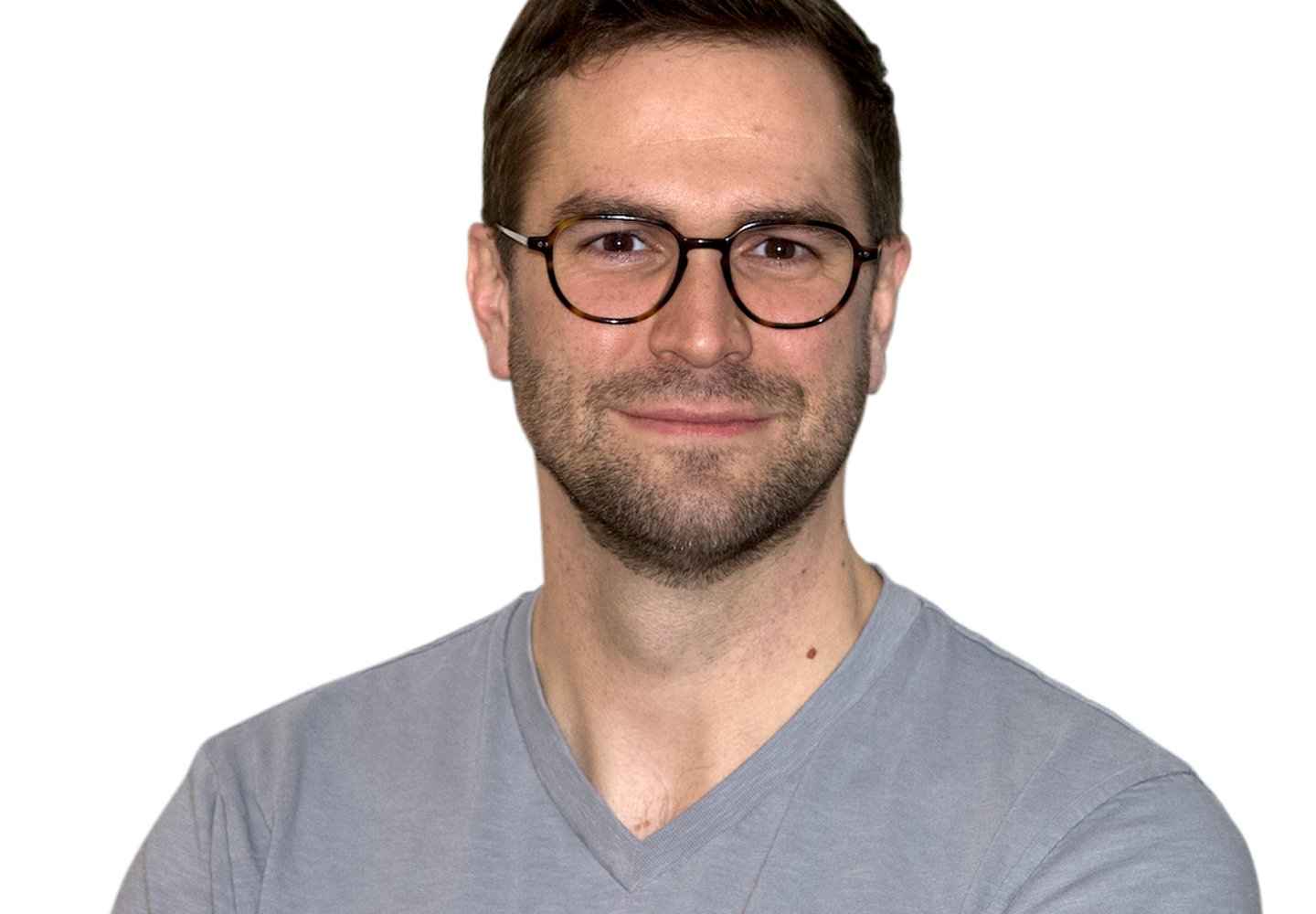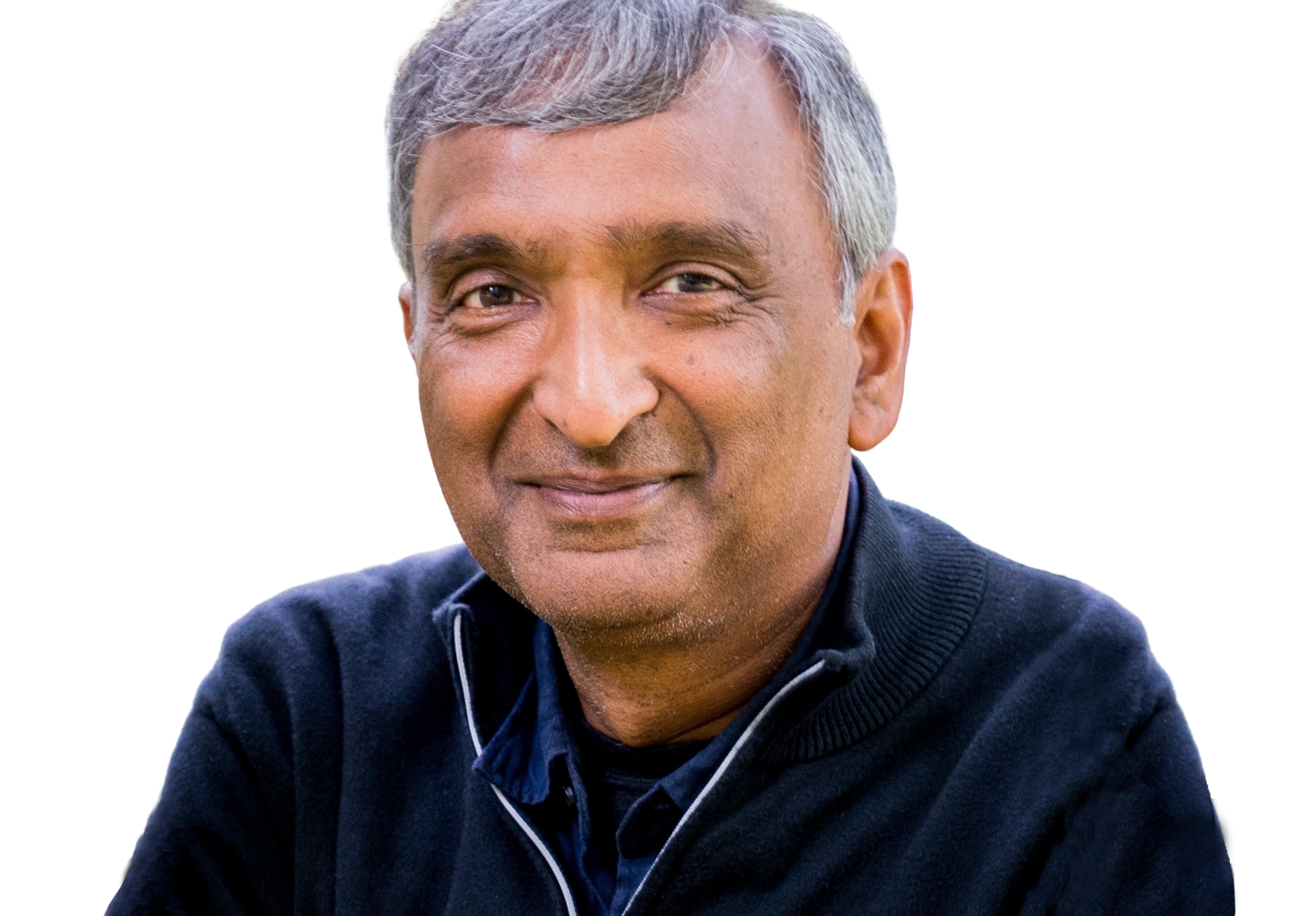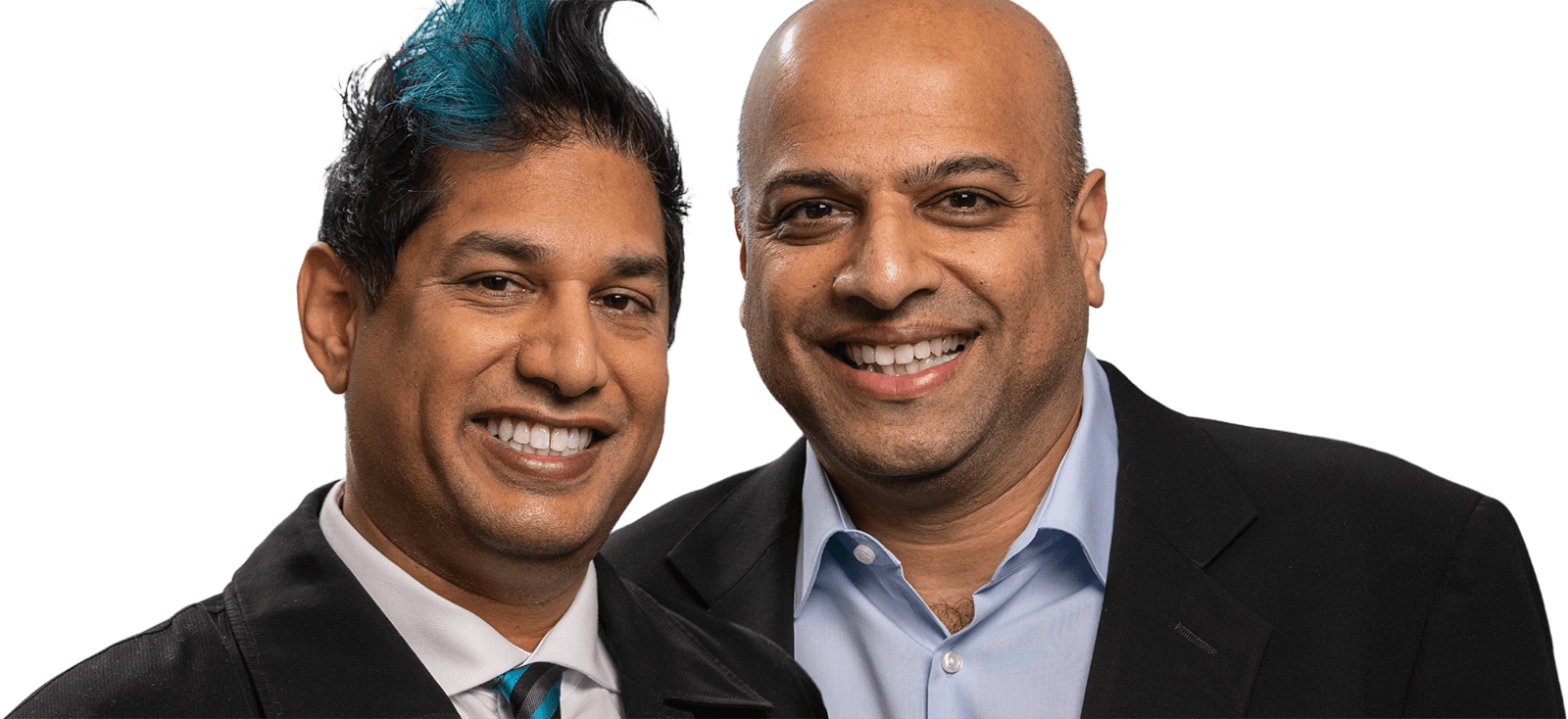What was the problem that inspired the creation of Statsig, and why are you the right person to tackle it?
A lot of founders are passionate about a very specific problem, so they decide to start a company on their own. For me, it’s a little bit reversed. Before starting Statsig, I spent ten years at Facebook and ten years at Microsoft, and I got to see firsthand how product development has evolved over the last two decades. At Microsoft, we used to have this waterfall model of product building, which is when a product manager talks to customers and then comes back and writes a design spec, tosses it over to the engineering team, and the engineering team writes code, tosses it over to the QA team, and the QA team runs tests and then decides to launch a version. This process takes months — sometimes even years. And then, when internet companies started picking up software development and advancing the state of the art, you started seeing much faster turnarounds. People would ship code weekly — sometimes even daily.
During my time at Facebook — I had a front-row seat to that process evolving even further into very data-driven development. Every decision on the product side was made using data, and all the team members were able to make distributed decisions using a single platform that operated as the unifying tool across the company. I thought that was cool because that enabled people to move really, really fast and ship products that the users needed and wanted. To me, those tools were the heroes of that company.
So, after two decades in large companies, I started evaluating what my next decade would be. It was clear that starting my own company was my natural next step because when I first joined Facebook, it was still a startup. I really enjoyed the early days there, where I got to see how the company grew, what processes it adopted, and how the culture evolved. So, for me, whether to build a company or not was very passion-driven. Deciding what to build, on the other hand, was more analytical. When I began to explore and identify what I was good at, what I knew, and what the industry wanted, I realized that bringing the tools inside Facebook to developers everywhere to make the software development process better and more data-driven was the perfect opportunity.
What is it like to work with Madrona?
I had a connection with Soma from my Microsoft days. We’ve known each other for a long time, and I trust him. Having been in the tech scene in the Seattle area for 20 years, it’s impossible to have not heard about Madrona. They are a critical contributor to the startup ecosystem in Seattle. So, when I launched Statsig and raised the Series A, I reached out to Soma, and after talking with him, it was clear that he and Madrona would be with me for the long run. I knew that by having Madrona on my side, they’d open many doors.
When we raised the Series B and had the opportunity to bring someone on the board, I knew I wanted Soma because he’d helped so much from the beginning. It only made sense. And it hasn’t just been Soma. From day 1, Madrona has been an extremely helpful partner. The entire team is just an infinite well of resources. Whether I need help identifying what cloud partner to work with or help connecting with a possible candidate or customer, the entire team is there for support. I think what really drives Madrona is the people connections. They have relationships that are decades old, and you can just see and sense the warmth of those connections. I feel very lucky that Soma happened to be a friend and that Soma happened to be at Madrona.
Having been in the tech scene in the Seattle area for 20 years, it’s impossible to have not heard about Madrona. They are a critical contributor to the startup ecosystem in Seattle.
Tell us about a Madrona Moment.
There are many moments! One early learning for me was that I was not great at sales and marketing. I had neglected to think about how important those things would be. I think all founders have this misguided belief that when you build a great product, people will come. They don’t. You actually have to sell it. You have to market it. Those were hard learnings for me. So, I mentioned to Soma that I had no idea what to do with marketing or sales, and he immediately connected me with Anu Sharma, a partner at Madrona at the time. She started working on our team one day a week to help get us started on the marketing side of things. I also didn’t have a product manager at that point, and Anu was a super product manager, so she ended up just jumping in and helping us with that. Then, when it was time to come out of beta and do some PR, I had no idea how to approach PR and communications, and that was when Erika Shaffer stepped in and guided us through the whole process of launching a PR campaign. This trend has continued. Whenever I talk with Soma about something I don’t know how to do or need guidance, the Madrona team’s expertise comes through to help.
What have you learned about yourself during this process?
Going through founding and building a startup, you learn a lot of unique things about yourself. As I was building the company, I had to constantly remind myself that Statsig is on a mission to fundamentally change how software is built. Anything else that takes up my time is a distraction. These distractions consume valuable “innovation energy” it’s important to conserve. I decided the team wouldn’t innovate in areas that aren’t core to our product. This meant we would copy HR policies, interview process, career ladders and leveling guides, health insurance, payroll, etc., from successful companies that came before us. We won’t innovate in these spaces, which means we’ll be boring in those dimensions. And that’s okay.
What is the most important lesson you’ve learned during your startup journey?
My most recent learning is that there is a place for vision and mission, and then there’s a place for solving problems. So, when you are describing a startup to some people — other people in tech or VCs, for example. Those people will probably be interested in the company vision and want to know where the company is going and what the overarching mission is the company is going to solve. But the customers don’t care about that. Customers don’t care about what your vision is. Customers care about their problems and how you’re solving their problems. Those two things are very separate and distinct. So, knowing when to talk about what is extremely important — I’ve learned that by making several mistakes.

